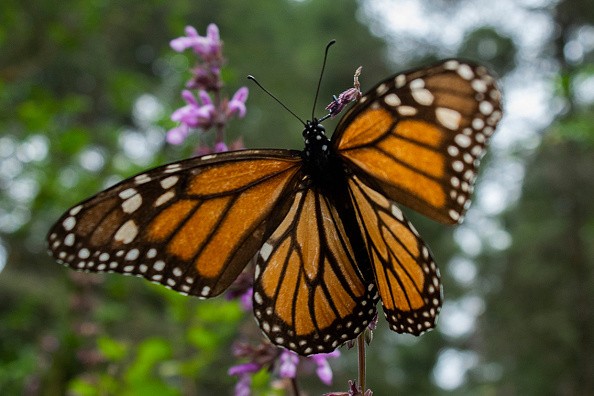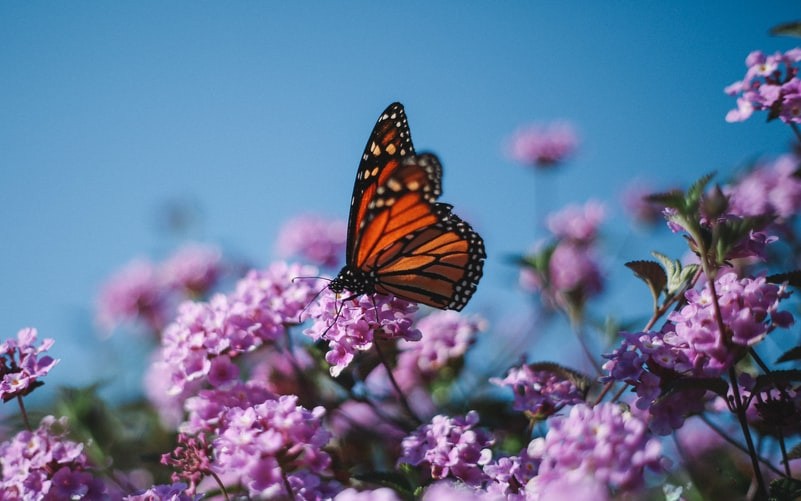Last year, when just 200 Western monarch butterflies came from their northerly trip in the Pismo Beach Butterfly Grove, park authorities thought the endangered species might be extinct shortly.

This year, however, volunteers totaled over 100,000, forming a beautiful swarm of hope that went all the way from Canada to spend the winter on the California coast.
Monarch Butterfly Population
Due to losses in both western and eastern monarch butterfly populations, the monarch butterfly is projected to be added to the Endangered Species List soon. They are genetically indistinguishable, but monarchs living and migrating east of the Rockies spend the winter in Mexico. In contrast, those living and migrating west of the Rockies spend the winter along California's west coast.
The monarchs arrived early this year and in large numbers. The annual Thanksgiving count of the Xerces Society for Invertebrate Conservation was held, and volunteers coming at the crack of dawn to count butterflies still sleeping calmly on tree trunks discovered a live curtain of orange and black. Early estimates placed the number of victims at 100,000.
Related Article : 93-Year-Old Butterfly DNA Confirms First Insect Extinction Case Caused by Humans in the US
Amusing Sight
Gardeners and park rangers alike were delighted by the butterfly craze.
According to her, the sight of monarch butterflies filling every square inch of bark and tree sparked Danielle Bronson's ambition to become a park ranger when she was a child. It was imposing to see the monarchs return in large numbers this year.
"Last year was awful," she told the Christian Science Monitor, "but this year, I'm extremely hopeful."
Monarch Habitat

The Biden Administration's spending bill, according to Xerces, includes $10 million over five years for building monarch habitat west of the Rockies, such as replenishing the population of native milkweed plants, especially along highways and power lines where nothing else is being done with the land.
"Funding for roadside pollinator habitat can benefit bees, monarch butterflies, and other flower visitors," said Sarina Jepsen, Director of the Xerces Society's Endangered Species program. "The good news is that transportation organizations may change their methods to benefit pollinators without jeopardizing their safety or other core goals."
Monarch Protection
Bronson emphasizes that individuals like you can make a significant difference.
She claims that plant nectar-producing flowers, but not milkweed, is the easiest technique. Milkweed is often sold in non-native varietals, obstruct migratory butterflies' paths. On the other hand, planting nectar-ing flowers can give valuable food supplies throughout their lengthy migration route unless a gardener knows the difference.
"You can't go wrong with that one," she adds, "because you're not only supporting monarch butterflies; you're helping all pollinators."
If named to the United States, the butterflies will get great protection. The endangered species list of the US Fish and Wildlife Service is the world's most effective conservation program, with 99 percent of the over 300 species listed avoiding extinction in its history.
Meanwhile, whatever has increased the number of western monarchs this year is a positive shift that might last well into the 2020s.
For the most recent updates from the animal kingdom, don't forget to follow Nature World News!
© 2025 NatureWorldNews.com All rights reserved. Do not reproduce without permission.





